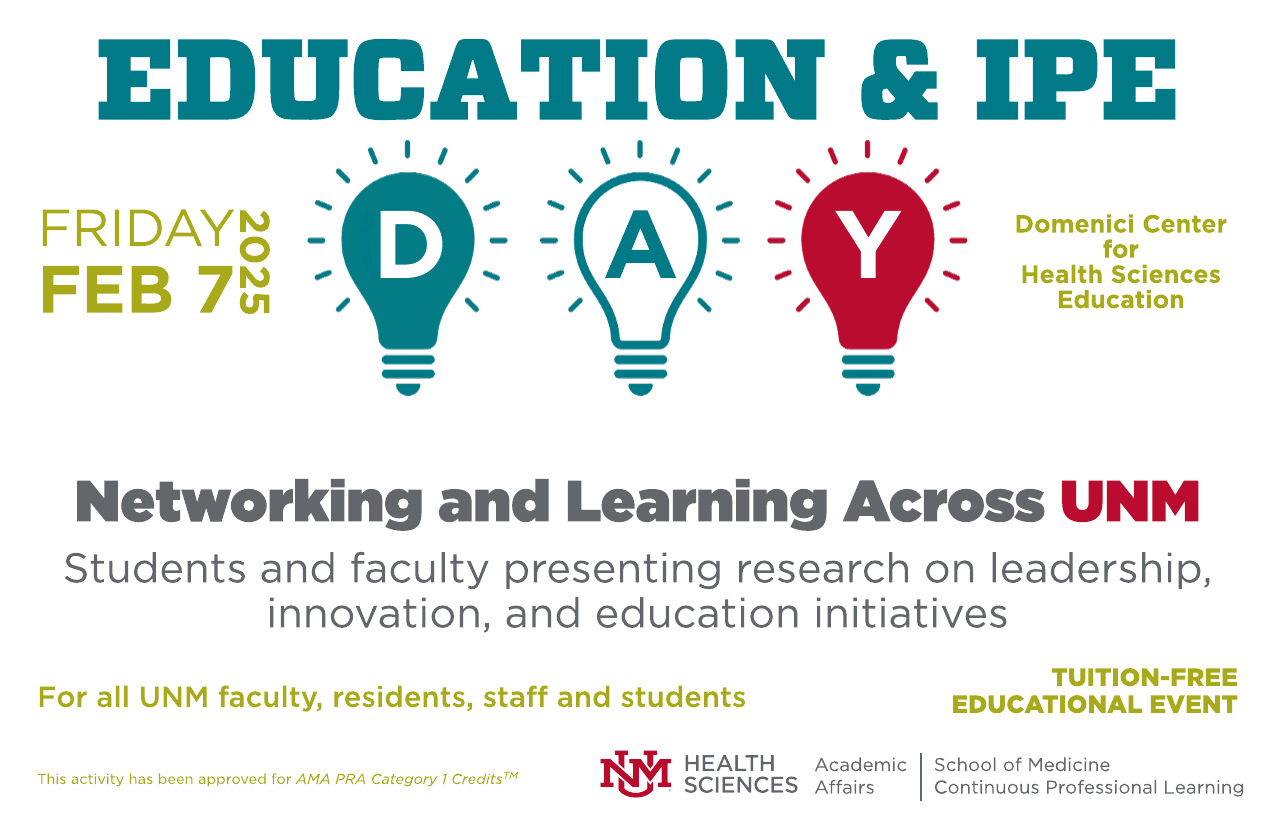
HSC Education Days
Document Type
Poster
Publication Date
10-4-2019
Abstract
Throughout various health-professions education, it is common for student learners to follow preceptor experts in the clinical environment. Depending on the profession, some students may encounter various age groups and various severities of patient presentations. This research in emergency medical services (EMS) education sought to investigate whether the age and acuity of the patient influences the paramedic student’s opportunity to act as a team leader during pre-hospital internship experiences. A retrospective review of student records in FISDAP, a national online EMS student tracking system, was completed. 537,343 patient encounters among 5,720 students from January 2010 to December 2018 were analyzed; statistical analysis included the use of odds ratios. Results found that paramedic students led less pediatric encounters than adult encounters. Paramedic students were significantly less likely to lead calls with all pediatric age groups across increasing levels of acuity with the exception of 3-12 year-old patients who were “critical” or had a “life-threatening illness/injury”; in this case, they were just as likely as their preceptors to lead the pre-hospital team. Additionally, paramedic students across the nation generally led a higher percentage of “critical” encounters than “non-critical” encounters (46.26% to 26.63%) during their field internships. When considering clinical experiences for health-profession learners, using this research from EMS education as proxy may help clinical educators develop more effective training for preceptors and clinical sites to preemptively address this phenomenon. Specifically, preceptors should be educated to allow increased opportunities (when available and appropriate) for students to act with more autonomy among pediatric populations in the clinical learning environment. Ideally this increased exposure and practice will help build future generations of more prepared and more experienced healthcare professionals.
Recommended Citation
Lopez, Josh; John Meyer; Adam Alford; Elizabeth Todak; Kyra Wicklund; Kevin Loughlin; William Camarda; Marilee Rosensweig; Lynne Fullerton; and William Robertson. "Does Patient Age and Criticality Affect the Paramedic Student's Opportunity to be a Team Leader?." (2019). https://digitalrepository.unm.edu/hsc_ed_day/42

Comments
This poster was presented during the University of New Mexico Health Sciences Center Education Day, 2019.